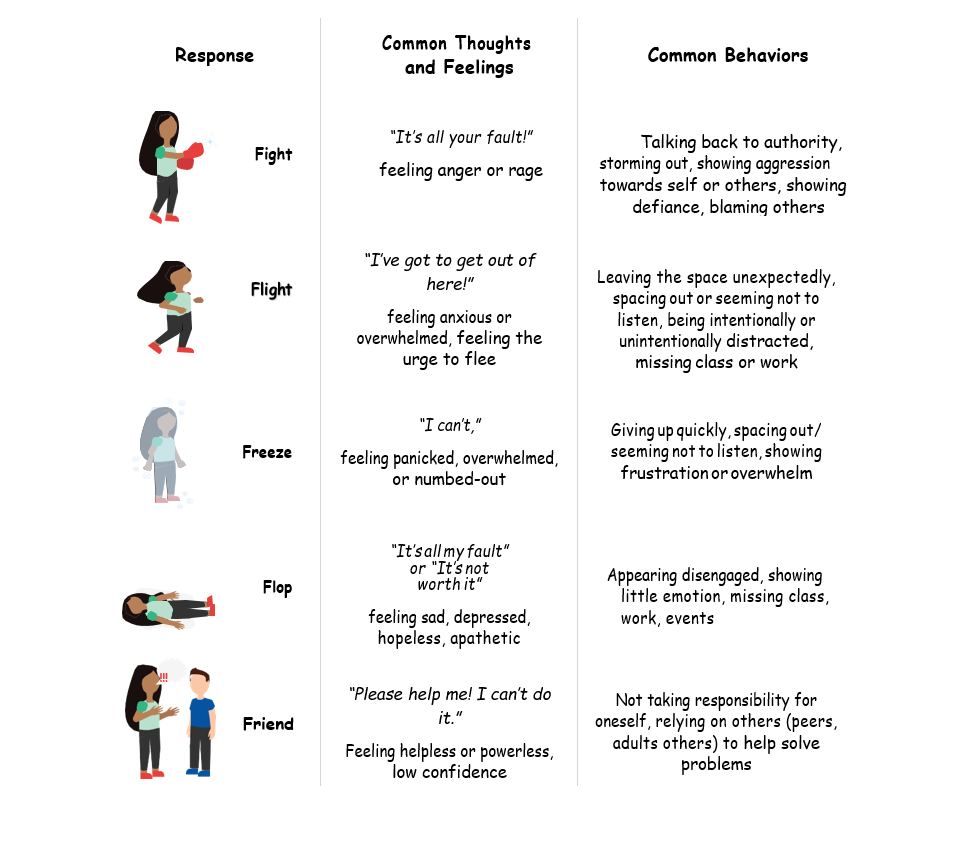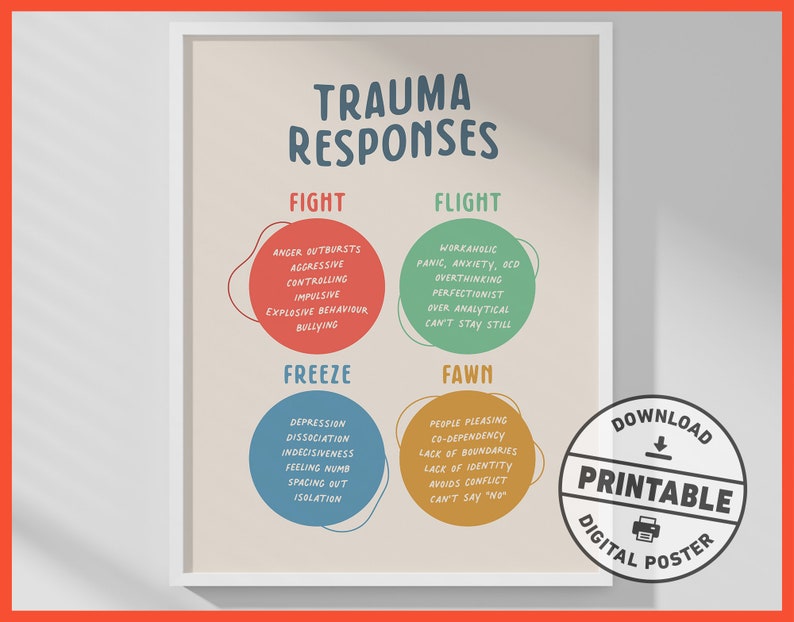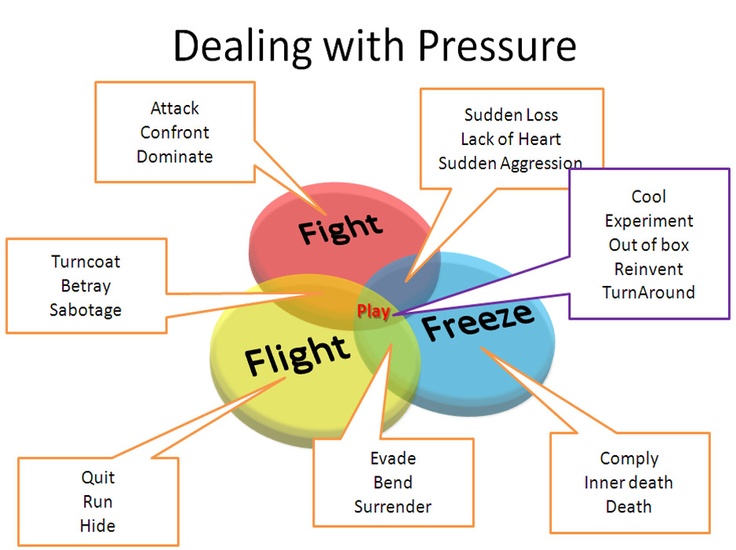

The flight response makes us abandon so much of what we want out of life in order to avoid the difficult bits, it can leave us isolated and not truly fulfilled. In extreme circumstances, frequent moves are costly and very stressful for those dependent on us. Our relationships become shallow and not highly valued by others. Our colleagues, friends and family learn not to rely on us when the going gets tough, and trust falls away.

Running away from it may save us from short-term discomfort, but our problems will not go away, and may get a whole lot worse if the energy supplier hasn’t been alerted to our circumstances.Ĭontinually avoiding difficulties can be very frustrating for those around us. A hungry lion is a hungry lion, but a difficult call to an energy supplier is not a hungry lion. While, on the surface, the flight response might seem less problematic than fighting, persistent running away from challenges can cause a whole lot more difficulty in our lives. Like anger, it saved our skins with no thought to the consequences. This reaction made perfect sense back in the days when threats were likely to be immediate and life-threatening. They can end up isolated and lonely and, in extreme cases, on the wrong side of the law.įLIGHT is the opposite of confrontation – we get ourselves out of the difficult situation as quickly as possible, whatever the cost. While everybody can be forgiven for the odd outburst, habitually angry people end up being less able to rely on the goodwill and honesty of others. They will probably use the coping strategies listed here when communicating with you, abandoning authenticity in favour of a quiet life, or perhaps resort to the fight response, too, ‘fighting fire with fire’. Your nearest and dearest will increasingly prioritise managing your temper over maintaining close emotional bonds. If fight becomes your go-to response, however, it can wreak havoc on your quality of life, and particularly on close relationships. If you tend to cope with a certain amount of stress or anxiety then ‘snap’, it’s your brain’s attempt to get you out of an intolerable situation without too much thought or communication, and it can be very useful. It’s quick, it’s effective, it removes the need for rational thought, the consideration of others’ feelings, or any pondering on the long-term impact of your behaviour. This response nips threatening situations in the bud, putting your safety first. It originates from a time when making ourselves look big and scary, or delivering a punch on the nose and making a quick exit, might be all you needed to make life safe again. It is intended as a brief introduction to the subject and does not go into the symptoms of each response in depth.įIGHT gives us a quick boost of energy to save ourselves from rival tribespeople and angry bears. This article will explain the various ways we can respond to perceived threats, and the effect our responses can have, both on us, and on those around us. These are the responses our cave dwelling ancestors had to threat, and were geared to helping us cope with the dangers we faced back then.

YOU MAY HAVE HEARD OF THE FIGHT OR FLIGHT response to stress and anxiety, but have you heard of freeze, flop or fawn?


 0 kommentar(er)
0 kommentar(er)
